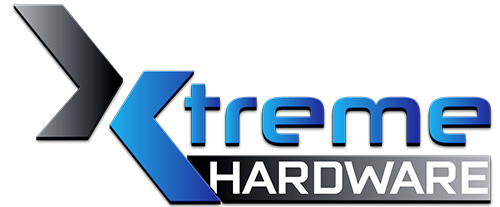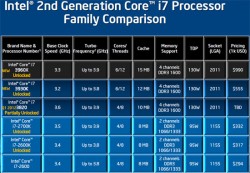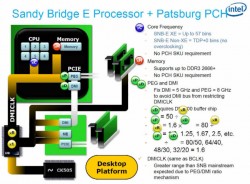 Xtremehardware
La nuova risorsa italiana di hardware e overclock
Xtremehardware
La nuova risorsa italiana di hardware e overclock
Overclocking [Mini Guide]
In this section we try to provide a guide to overclock these processors, as well as understand and analyze the impact that the three components involved have: Bclk, HCl, CPU multiplier and RAM multiplier on the final result. The main difference between the socket 1155 desktop-class CPU is related to the presence of the final "K" letter or not. With the new-born Sandy Bridge-E bound to the socket 2011 Intel introduced initially in the first phase three CPU classes, precisely: I7-3960X, i7-3930K and the i7-3820 as shown in the table.
The freedom of action in terms of overclocking at least with the first two specimens is total and Intel has really heard the prayers of those in the past that had difficulty with multipliers, with BUS frequency and RAM to achieve balance and at the same time, the maximum frequency and thus the more stable computing power of all components involved. The i7-3820 even if it shares the architecture of the past is not an end Extreme CPUs, so it does not have the multiplier unlocked upwards, moreover, has only 4 cores (8 Logic). This CPU can be overclocked only by changing the frequency of buses. After this first introduction, we go deeper.
The factors at play that determine the final frequency are primarily entrusted to a clock generator that unlike the Z68 and P67 platforms is external to the chip and is entrusted to a buffered CK505 chip. This chip generates the base frequency of BCLK. Then based on the Bclk frequency, the remaining frequencies are generated through the Host Clock Multiplier. It acts as multiplication ratio, where the default is equal to 1.00. The other available multipliers are 1.25x, 1.66x and in some motherboards 2.5x. These last two multipliers are rather difficult to apply with the current generation of Sandy Bridge-E CPU. Looking at the new champion i7-3960X, the default frequency is 3300 MHz where the impact of the turbo, if adequate cooling is given (very sensitive from this point of view since it has internal sensors), brings the frequency up to a maximum of 3900 MHz. The table below simplifies the discussion.

As mentioned a moment ago, the final frequency is a function of the CPU Multiplier, of HCL and the frequency of BCLK. This framework provides the first rudiments of a freedom of action, for example, avoiding stress on the classic work with motherboards that are out of specific bus frequencies. Another concept that is important to understand is the impact that both the BCLK and the HCL have on the memory. Comes in handy in this sense, the multiplication/speed ratio that allows extreme flexibility in the modules under overclocking.

Exclusively for the overclocking tests we used a motherboard made by Asus, it is the Sabertooth x79 model, as we would have limited by the Intel board in the results obtained. The rest of the test system has remained unchanged.


